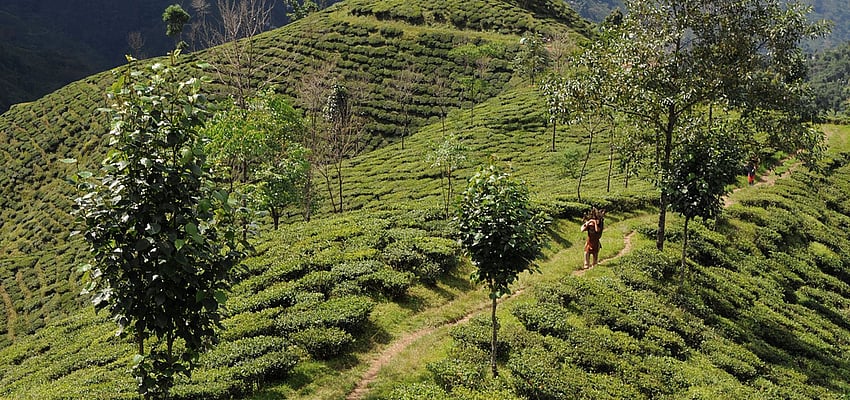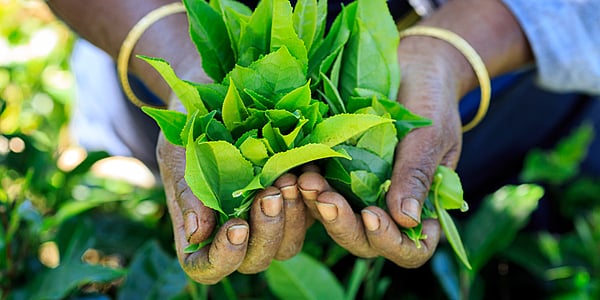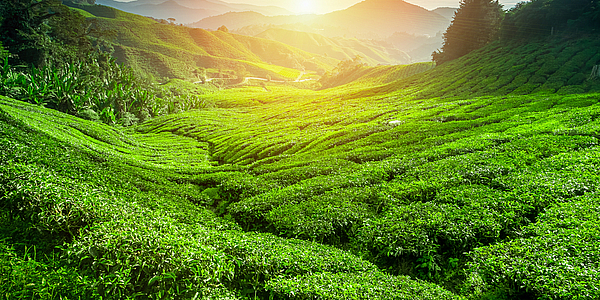


For those who choose to give the vineyards of Fianarantsoa a miss during their trip to Madagascar, either out of lack of interest or for preconceived ideas, a visit to the tea paradise of Madagascar for a nice cuppa can be just as stimulating! The full-bodied tea produced in Madagascar is closer to British tea than the Asian variety. For the perfect "British taste", try it with a dash of milk and even a little sugar...
But, beyond the ritual of a ceremony such as can be found in Japan, tea should above all be appreciated in its natural setting to fully understand its subtlety, history and its place in society.
Sahambavy is the only tea-producing area on the big island. In Malagasy it means "the women's field", and perhaps it gets its name from the landscape, where the soft curves of the plantations and the succession of bright, tender green hills can bring to mind feminine forms and sensuality.
To find out, you have to take the famous RN7 south from Antananarivo for nearly 400 kilometres, before undertaking an unusual and epic journey of 45 minutes down a chaotic track. This track is used daily by trucks loaded with this "black gold". Eighty percent of the production is exported, especially to Mombasa, Kenya, where there is one of the largest tea exchanges in the world.
Finally, the bush landscape suddenly opens onto the typical picture postcard view of these green valleys quivering in the wind in a kaleidoscope of intense greens.

Not much larger than a municipal hall, it is difficult to imagine the importance of this production centre both in the Malagasy economy and at the international level, especially when you consider that the Malagasy have never had a reputation for being tea drinkers.
Located in charming countryside at the edge of a pleasant little lake, the tranquillity of the place inspires peace and serenity, and one cannot imagine the fervour that is aroused by this quasi-industrial activity. A few hours spent here will be one of the most beautiful discoveries of your trip.
Picking, withering, grinding, rolling, fermentation, drying, roasting and filtering: there is a whole chain of processes and painstaking techniques before final packaging and shipment to the importing countries. For reasons of profitability, the capacity of machines enables between 200 and 600 kg of tea to be processed per hour. With an average productivity of 50 to 100 kg per day and considering a salary of 60 Ar per kg, the wages of a mother who gathers the leaves remains very meagre: 6000 Ar or less than £1.50 per day!
Fortunately, thanks to an initiative at the Sahambavy plantation, child labour is prohibited and a school has been specially created for the children of parents employed by the plantation. However necessary it may be, the measure is difficult to put into practice - traditions are worth their weight in gold in Malagasy culture and children have always helped their parents for all types of tasks.
The issue of social rights aside, you are free to you to taste this famous brew and choose among the different varieties (Dust, Pekoe Dust, Pekoe Fannings and Broken Pekoe) whose nutritional qualities are trumpeted by the plantation's advertising slogan: "Pas de santé sans thé !" (No health without tea!)
